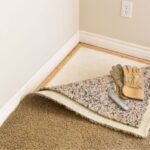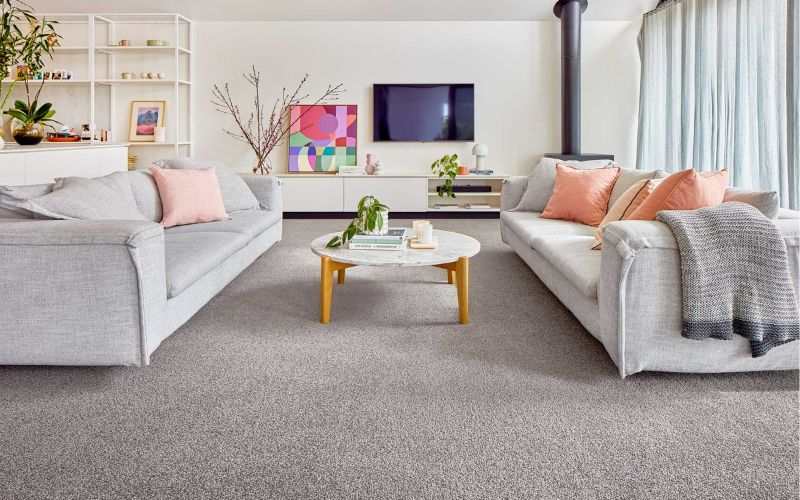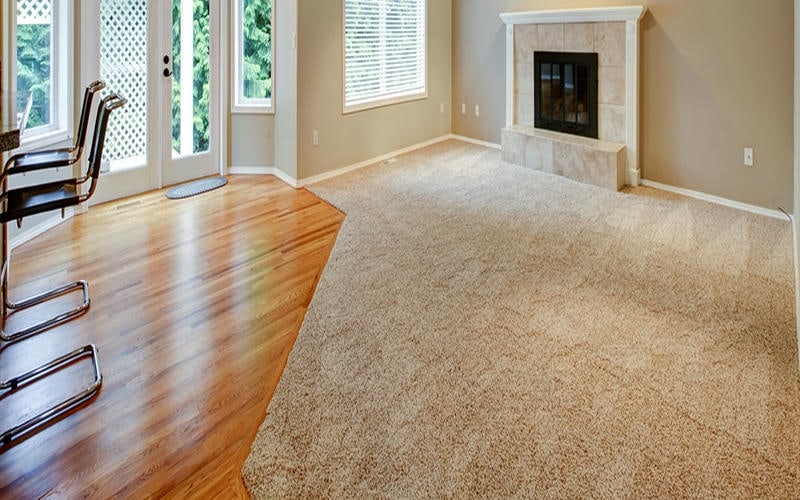Carpeting is becoming one of the essential and exceptional ingredients of today’s living standards in the modern world. Modern, sophisticated manufacturing techniques have made it one of the best and cheapest available flooring methods.
However, Islamic carpets hold remarkable significance in the Islamic cultural heritage because of their artistic beauty. Let’s take a look at the history of Islamic carpets.
Introduction of Islamic Carpets

The advent of Islamic art and Islamic carpets is one of those events that contributed to the beautiful patterns and colors that we cherish today. They provide comfort and warmth and have increased their popularity, becoming the most used flooring system, replacing ceramics and mosaics.
Islamic carpets have long been a luxury commodity sought by textile museums, rich collectors, and many wealthy merchants all over the world. It is not surprising that carpets are still one of the most valuable art items obtained by museums and wealthy families.
History of Islamic Carpets

Islamic carpets have an astonishing historical background because of their artistic appearance and development. Muslims regard the carpet with special esteem and admiration as Islam added significant value to the carpet, being the furniture of Paradise mentioned numerous times in the Qur‘an. In the Quran, the carpet is counted as one of the riches the believer will be rewarded in the afterlife.
For the tribes of Arabia, Persia, and Anatolia, the carpet was at the center of their lives, being used as a tent sheltering from the sand storms, as a floor covering for providing comfort, and as wall curtains protecting privacy. It was indeed an effective and resourceful idea to make use of the abundant wool produced by their herds.
There are considerable and popular carpet themes in the history, nature, and character of Muslim carpets. Some of the main themes of these carpets were the Oriental carpet, the Muslim carpet, the Turkish carpet, and the Persian carpet.
Making & Weaving of Islamic Carpets

Carpet weaving was an important tradition and there is archaeological evidence in the Islamic cultural background. Islamic carpets were very popular among Islamic countries and were regarded with both esteem and admiration. Carpets were used as mosque carpets for prayers to separate the worshipper from the ground.
Women had been weaving carpets for thousands of years throughout the Islamic world. They passed on their techniques and designs from one generation to the next. Their antique prayer rugs and mosque carpets became a new class of artwork for the ruling class.
The main materials used in those carpets were wool from sheep, silk, and cotton. The carpets were woven from wool and were made in a process of spinning. The wool or cotton fibers were spun to produce the yarns that were used for both the foundation and the pile. The spinning of fiber was done either by using hands or using simple tools like the spindle and distaff. The yarns are then dyed in different colors with ancient ornamentations and symbolic or traditional motifs.
Designs, Patterns & Uniqueness of Islamic Carpets

Islamic carpets were treasured as an item for the wealthy and to show one’s status. Rich and wealthy noblemen and merchants displayed these carpets in their homes alongside famous sculptures and paintings. They were used on floors Dubai, mounted on walls, and used to cover tables.
The art on the Islamic carpets was not related to physical or material things or qualities. Instead, they portrayed nature and objects with their spiritual qualities. They used patterns that were geometric, floral, and saz. The geometric patterns were repeated squares and circles, the floral patterns were roses and tulips, and saz was characterized by sinuous leaves and stylized flowers.
These carpets were an important part of the Islamic faith and were highly ornate, just like the mosques, and had Islamic Mihrab designs on the carpets. They manufactured mosque carpets for prayer with astonishing art that brought atmosphere, comfort, and practical advantages to mosques and religious centres.
Inclusion of Calligraphy in Islamic Carpets
Calligraphy is the artistic and stylized process of writing phrases and words in a way that makes them into a beautiful piece of artwork. Another distinguished element was the introduction of calligraphy to the carpets.
The calligraphy included words or phrases from the Quran or perhaps a piece of poetry. The inclusion of calligraphy and other highly detailed motifs was required for the production of Islamic carpets that were finely woven and had a high knot density. The purpose of these elements was to make improvements in the quality and processes for creating these fine carpets.
Conclusion
To end the long discussion short with a conclusion, let’s summarize the amazing facts and features of Islamic carpets. Islamic carpets were a valuable cultural asset to Muslims. Islamic carpets have an amazing history of different weaving techniques, designs, and patterns with the inclusion of calligraphy.
These carpets are still available with certain innovations, and you can grab them to give your decor a traditional look. I hope this article will help you learn more about Islamic carpets.











